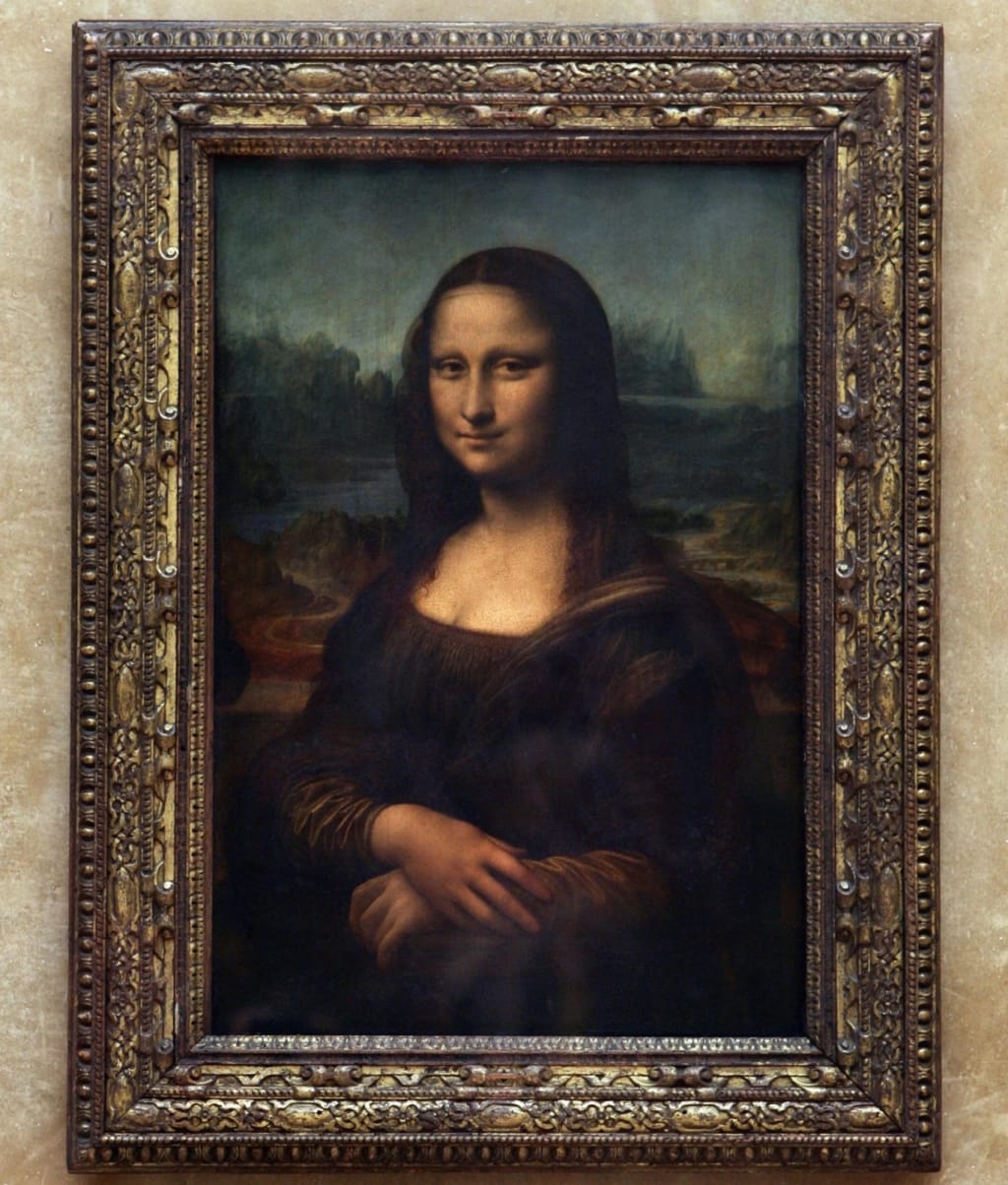
The Mona Lisa, also known as La Gioconda, is a painting by the Italian Renaissance artist Leonardo da Vinci. It is widely considered to be one of the most famous paintings in the world, and its enigmatic smile has captured the imagination of people for centuries. In this article, we will explore the history, significance, and technical aspects of this masterpiece of Renaissance art.
Introduction
- The Mona Lisa's fame and popularity
- The painting's significance in art history
The Mona Lisa was created by Leonardo da Vinci between 1503 and 1506. It is an oil painting on a panel of poplar wood, and it measures 77cm x 53cm. The painting depicts a woman, identified as Lisa Gherardini, the wife of a Florentine merchant, sitting in front of a landscape with winding paths and a bridge. She is shown sitting in a three-quarter pose with her arms folded, and she is wearing a simple dress with a veil draped over her hair.
Historical Context
- Leonardo da Vinci's life and career
- The Renaissance in Italy
- Patronage and art in Renaissance Italy
Leonardo da Vinci was born in 1452 in the town of Vinci, in the region of Tuscany in Italy. He was a polymath who excelled in various fields such as painting, sculpture, architecture, engineering, and science. He worked in various cities in Italy, including Florence, Milan, and Rome, and he was patronized by various powerful figures such as the Medici family in Florence and the Sforza family in Milan.
The Mona Lisa was painted during the High Renaissance, a period of artistic and cultural flourishing in Italy from the late 15th century to the early 16th century. During this period, artists such as Leonardo da Vinci, Michelangelo, and Raphael created some of the most iconic artworks in history, and they contributed to the development of new techniques and styles in painting, sculpture, and architecture.
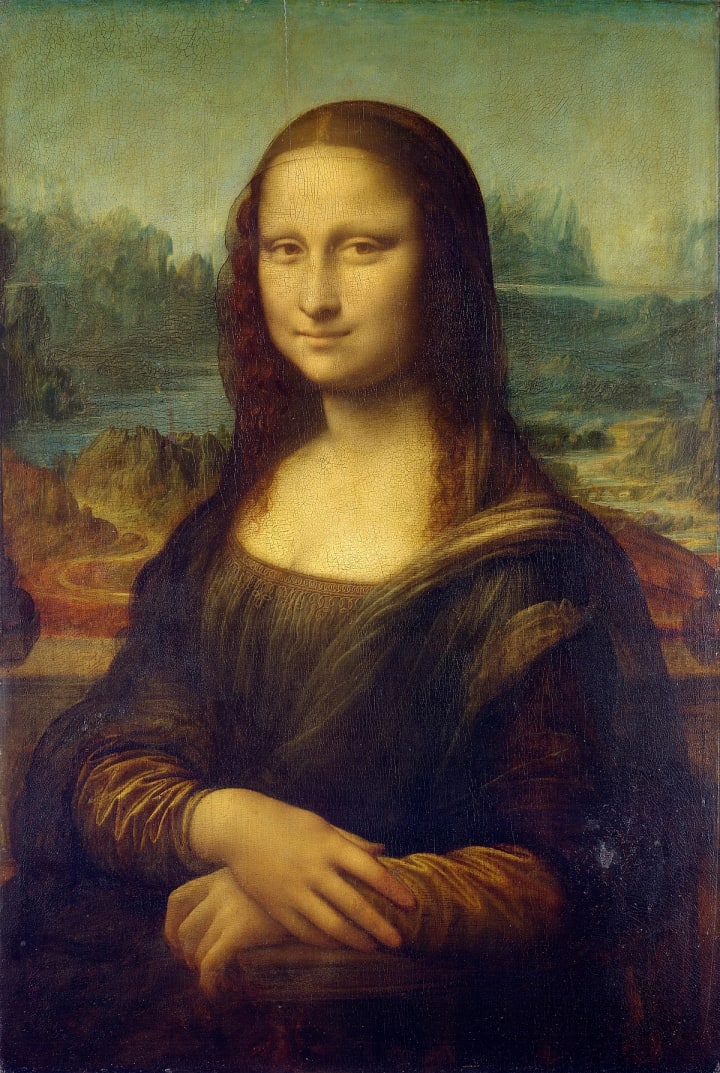
Technical Aspects
- Composition and technique
- Materials and conservation
- Interpretation and symbolism
The Mona Lisa is a masterpiece of painting, and it showcases Leonardo da Vinci's mastery of composition, color, and light. The painting is famous for its use of sfumato, a technique that creates a soft, hazy effect by blending tones and colors. This technique gives the painting a sense of depth and atmosphere, and it contributes to the enigmatic quality of the sitter's smile.
The painting is also notable for its intricate details, such as the landscape in the background, the folds of the dress, and the hands and face of the sitter. The painting has undergone various conservation treatments over the centuries, and it has been analyzed and studied by art historians, scientists, and scholars.
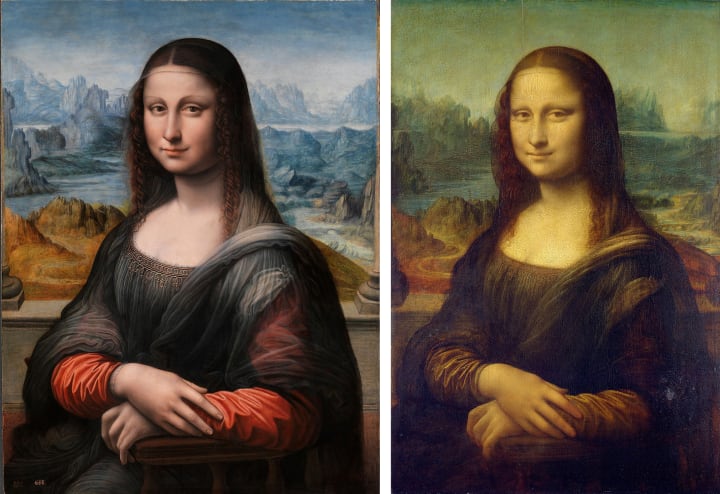
Significance and Legacy
- Cultural impact and reception
- Influence on art and popular culture
- Ownership and display
The Mona Lisa has had a significant impact on art and culture since its creation, and it has been praised and admired by artists, scholars, and the general public alike. The painting has been interpreted in various ways, and it has inspired countless works of art and popular culture, such as films, songs, and books.
The painting has also had a complex history of ownership and display, and it has been the subject of controversies and debates. It is currently owned by the French government and displayed at the Louvre Museum in Paris, where it attracts millions of visitors each year.
Cultural Impact and Reception:
The cultural impact and reception of the Mona Lisa have been significant since its creation. The painting has been praised and admired by artists, scholars, and the general public alike. It has become an iconic image that represents the beauty and elegance of the Renaissance period.
One of the reasons for the painting's cultural impact is its enigmatic quality. The sitter's smile has been the subject of much debate and interpretation, and it has contributed to the painting's enduring popularity. The painting's technical mastery and use of sfumato have also been admired by art critics and historians.
The Mona Lisa has also inspired countless works of art and popular culture. It has been reproduced in various forms, such as prints, postcards, and posters, and it has been featured in films, songs, and books. The painting's influence can be seen in the works of many artists throughout history, from the Impressionists to the Surrealists.
The painting's reception has not always been positive, however. In the 19th century, some critics dismissed the painting as overrated and unremarkable. It was not until the 20th century that the painting regained its status as a masterpiece of art.
Today, the Mona Lisa remains one of the most famous paintings in the world. It is a symbol of beauty, mystery, and artistic mastery, and it continues to inspire and captivate people of all ages and backgrounds.
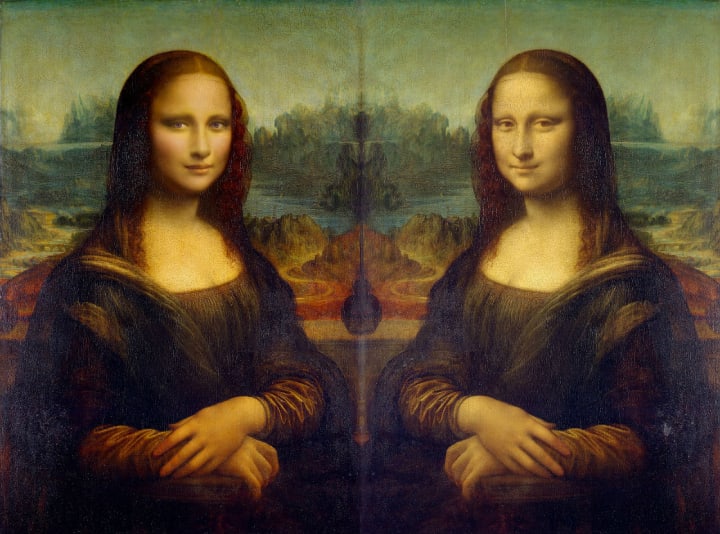
Influence on Art and Popular Culture:
The Mona Lisa has had a profound influence on art and popular culture since its creation in the early 16th century. It has inspired countless artists and has become an iconic image that is recognized worldwide.
One of the ways in which the painting has influenced art is through its technical mastery. The use of sfumato, a painting technique that involves blending colors and tones to create a soft, hazy effect, has been admired and emulated by artists throughout history. Many artists, including the Impressionists, have been inspired by the painting's use of light and shadow.
The painting has also had an impact on popular culture. It has been reproduced in various forms, such as prints, postcards, and posters, and has been featured in films, songs, and books. The painting's enigmatic quality has been a source of fascination for many, and it has been the subject of countless parodies and spoofs.
The painting has also been the subject of numerous scholarly studies and interpretations. The sitter's smile, in particular, has been the subject of much debate and analysis. Some scholars believe that the smile is a sign of inner contentment, while others believe that it is a representation of deception and ambiguity.
The Mona Lisa's influence on art and popular culture continues to this day. It is a symbol of artistic mastery and a source of inspiration for many artists. Its enigmatic quality and timeless beauty continue to captivate and intrigue people of all ages and backgrounds.
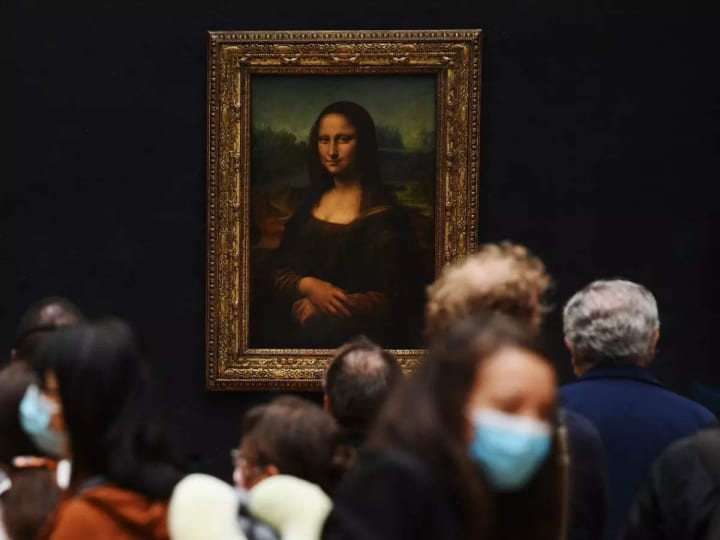
Ownership and Display:
The ownership and display of the Mona Lisa have been subject to numerous controversies throughout history. Today, the painting is owned by the French government and is displayed in the Louvre Museum in Paris.
The painting was originally commissioned by Francesco del Giocondo, a wealthy merchant from Florence, and remained in his family's possession for several generations. In the 16th century, the painting was acquired by King Francis I of France and became part of the royal collection. Since then, it has been owned by the French government and has been on display in various locations, including the Palace of Versailles.
During World War II, the painting was temporarily relocated for safety reasons, and there were concerns that it would be stolen or destroyed. The painting was moved to various locations throughout the war, including the Chateau d'Amboise and the abbey of Loc-Dieu, before being returned to the Louvre in 1945.
Today, the painting is displayed in a specially designed room in the Louvre Museum. The room is temperature-controlled and features a bulletproof glass case to protect the painting from damage and theft. The painting is also monitored by security cameras and guards.
Despite the painting's high level of protection, there have been several attempts to damage or steal the painting over the years. In 1956, the painting was damaged when a vandal threw acid at it, and in 1974, a man attempted to steal the painting but was quickly apprehended by museum staff.
Despite these controversies and attempts at damage or theft, the Mona Lisa remains one of the most well-known and well-protected works of art in the world. Its ownership and display in the Louvre Museum serve as a testament to its enduring cultural and historical significance.
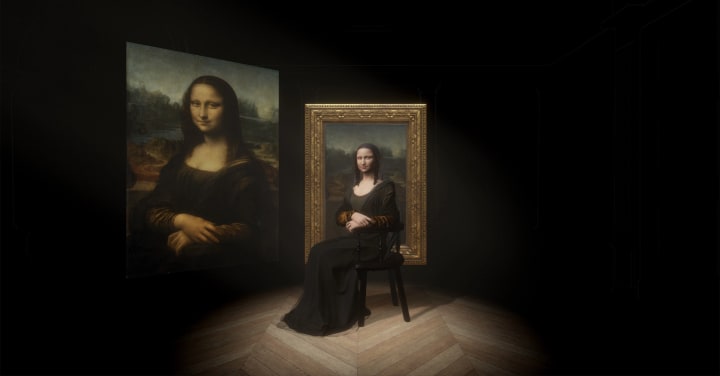
Conclusion
The Mona Lisa is a masterpiece of Renaissance art that has captured the imagination of people for centuries. It represents the pinnacle of Leonardo da Vinci's artistic achievement, and it embodies the ideals of beauty, elegance, and mystery that define the Renaissance.
About the Creator
Navanithe
I am an enthusiastic, self-motivated, reliable, responsible, and hard-working person. I am a mature team worker and am adaptable to all challenging situations. I am able to work well both in a team environment and on my own initiative.






Comments (2)
Merchant class benefits back then✨
Merchant class benefits back then✨